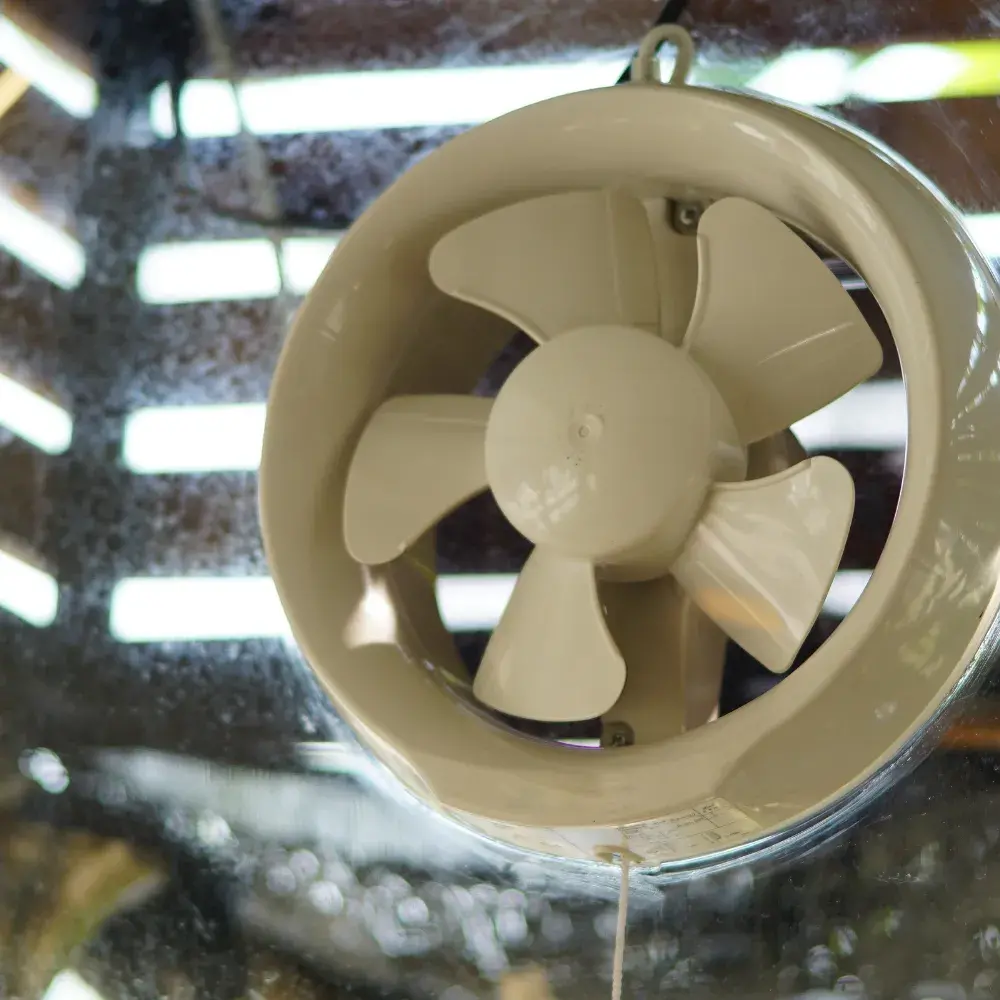Maintaining your air ducts is essential for ensuring the long-term health of your HVAC system and the quality of air in your home. Proper air duct maintenance can prevent costly repairs and health issues related to poor indoor air quality. This guide will outline key preventative measures for effective air duct maintenance.
Regular Inspections and Cleaning
One of the fundamental aspects of air duct maintenance is scheduling regular inspections. Professional HVAC technicians can identify potential problems early, such as leaks, blockages, or mold growth. Regular air duct cleaning should be part of your maintenance routine. Cleaning removes accumulated dust, debris, and allergens, improving air quality and system efficiency. Depending on your home’s environment, air duct cleaning should be done every three to five years.
Changing Air Filters Frequently
Air filters play a crucial role in trapping dust, pollen, and other airborne particles before they enter your air ducts. Regularly changing your air filters is a simple yet effective preventative measure. Depending on the type of filter and the level of contaminants in your home, it’s recommended to change filters every one to three months. Clean filters ensure your HVAC system runs efficiently and prevents contaminants from accumulating in your air ducts.
Sealing and Insulating Ducts
Another important preventative measure is ensuring that your air ducts are properly sealed and insulated. Leaks in the ductwork can lead to loss of conditioned air, making your HVAC system work harder and increasing energy costs. Insulation helps maintain the temperature of the air being distributed, improving system efficiency. Professional sealing and insulation of air ducts can significantly enhance the performance and longevity of your HVAC system.
Maintaining good ventilation is also critical for air duct health. Proper ventilation helps reduce moisture levels in your home, which can prevent mold growth in your ducts. Ensure that your home has adequate ventilation, especially in high-humidity areas such as bathrooms and kitchens. Using exhaust fans and dehumidifiers can help control indoor humidity levels.
It’s also beneficial to keep your home clean to reduce the amount of dust and debris that can enter the air ducts. Regular vacuuming, dusting, and cleaning of floors and surfaces can minimize the accumulation of particles that may eventually make their way into your ductwork. Additionally, keeping windows and doors closed during high pollen seasons can help prevent allergens from entering your home.
Lastly, consider the impact of home renovations on your air ducts. Construction work generates a lot of dust and debris that can infiltrate your duct system. If you’re planning a renovation, cover vents and registers to prevent debris from entering the ducts. Post-renovation air duct cleaning is also advisable to remove any contaminants that may have accumulated during the construction process.
By following these preventative measures, you can ensure the long-term health and efficiency of your air ducts. Regular inspections, cleaning, filter changes, and proper sealing and insulation all contribute to a well-maintained HVAC system. Prioritizing air duct maintenance not only enhances your system’s performance but also improves the air quality in your home, promoting a healthier living environment.
Learn More
Post-Renovation Clean-Up: Why Air Duct Cleaning is Essential

